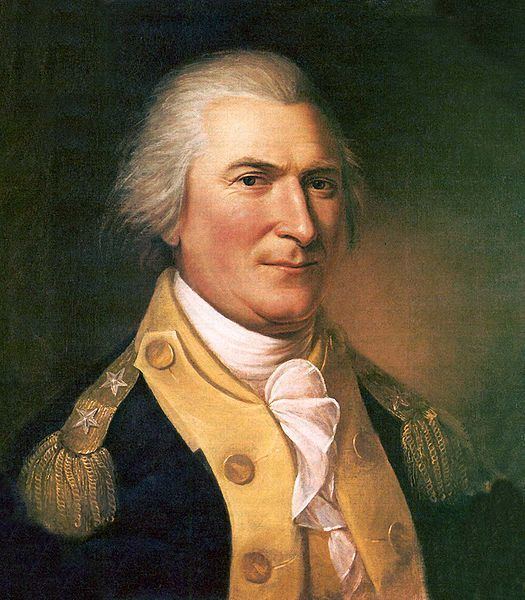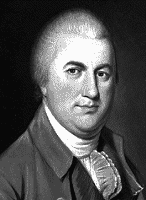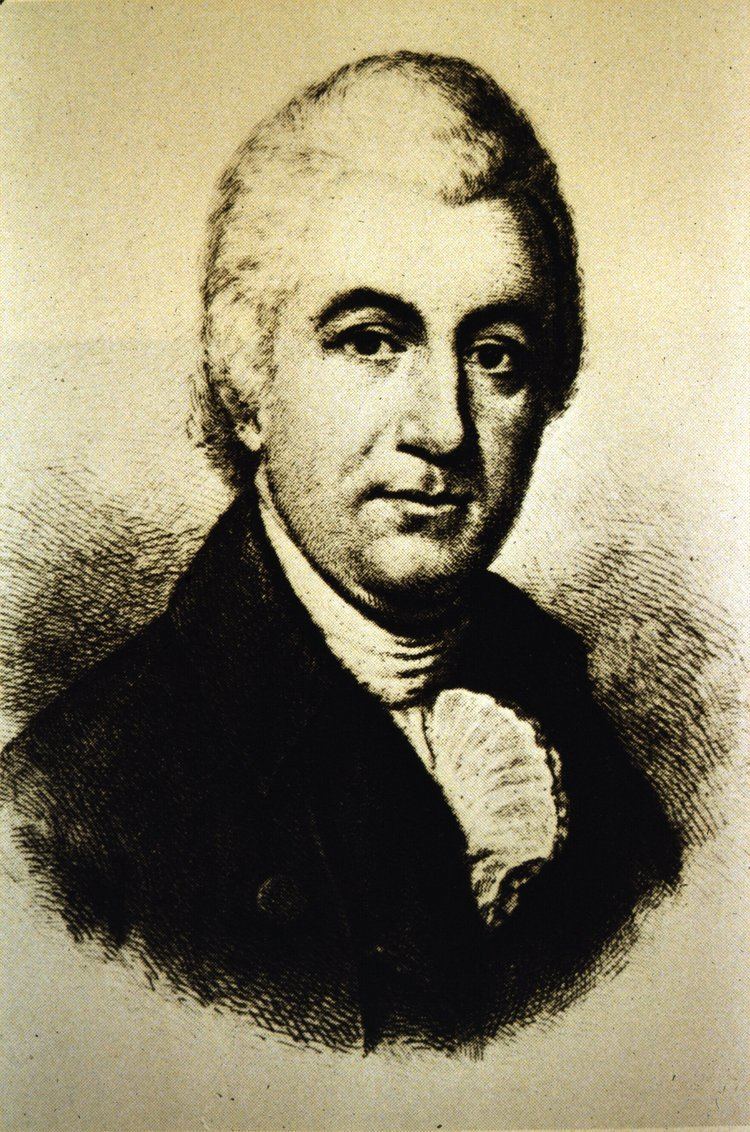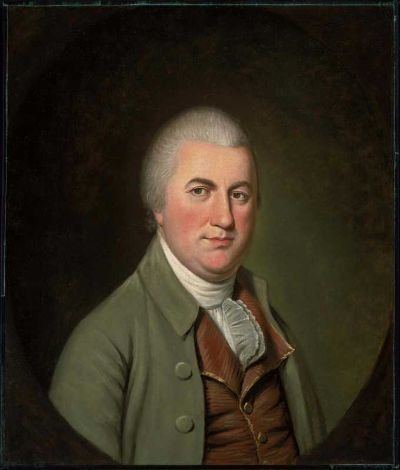Signature Children Benjamin Gorham Religion Congregationalist Resigned November 5, 1786 | Profession Politician, Merchant Spouse(s) Rebecca Call Name Nathaniel Gorham | |
 | ||
Died June 11, 1796, Charlestown, Boston, Massachusetts, United States Previous office President of the Continental Congress (1786–1786) Resting place Phipps Street Burying Ground, Charlestown, Boston | ||
Nathaniel Gorham (May 27, 1738 – June 11, 1796, his first name is sometimes spelled Nathanial) was a politician and merchant from Massachusetts. He was a delegate from Massachusetts to the Continental Congress, and for six months served as the presiding officer of that body. He also attended the Constitutional Convention and was one of the signers of the United States Constitution on September 17, 1787, in Philadelphia, Pennsylvania.
Contents

Early life and family

Gorham was born in Charlestown, Boston, Massachusetts, and was the son of Captain Nathaniel Gorham and his father's wife Mary Soley. His 3rd great grandfather was John Howland (c. 1599–1673), who was one of the Pilgrims who traveled from England to North America on the Mayflower, signed the Mayflower Compact, and helped found the Plymouth Colony. His sister, Elizabeth Gorham, who married John Leighton, was the ancestor of Edith Kermit Carow Roosevelt, the second wife of Theodore Roosevelt, who served as First Lady of the United States during his presidency from 1901 to 1909.
Marriage

He married Rebecca Call, who was descended from Anglican vicar and the first minister of Dorchester, Massachusetts, John Maverick, and his royally descended wife, Mary Gye Maverick. Rev. John Maverick was born in Awliscombe, Devon, baptized there on December 28, 1578, and enrolled at Oxford October 24, 1595, age 18. He was the son of Rev. Peter Maverick (spelled Mavericke in old English records), the vicar of Awliscombe. on September 6, 1763, in Charlestown, Massachusetts. She was born on May 14, 1744, in Charlestown, and died there on November 18, 1812. She was the daughter of Caleb Call and Rebecca Stimson. They were the parents of nine children.
Career
Starting at 15, he served an apprenticeship with a merchant in New London, Connecticut, after which he opened a merchant house in Charlestown, Massachusetts, in 1759. He took part in public affairs at the beginning of the American Revolution: he was a member of the Massachusetts General Court (legislature) from 1771 until 1775, a delegate to the Provincial congress from 1774 until 1775, and a member of the Board of War from 1778 until its dissolution in 1781. In 1779 he served in the state constitutional convention. He was a delegate to the Continental Congress from 1782 until 1783, and also from 1785 until 1787, serving as its president for five months from June 6 to November 5, 1786, after the resignation of John Hancock. Gorham also served a term as judge of the Middlesex County Court of Common Pleas.
In 1786 it might have been Gorham who suggested to Alexander Hamilton that Prince Henry of Prussia would become President or King of the United States. However, the offer was revoked before the prince could make a reply.
For several months in 1787, Gorham served as one of the Massachusetts delegates to the United States Constitutional Convention. Gorham frequently served as Chairman of the Convention's Committee of the Whole, meaning that he (rather than the President of the Convention, George Washington) presided over convention sessions during the delegates' first deliberations on the structure of the new government in late May and June 1787. After the convention, he worked hard to see that the Constitution was approved in his home state. In connection with Oliver Phelps, he purchased from the state of Massachusetts in 1788 pre-emption rights to an immense tract of land in western New York State which straddled the Genesee River, all for the sum of $1,000,000 (about $14.1 million today) (the Phelps and Gorham Purchase). The land in question had been previously ceded to Massachusetts from the state of New York under the 1786 Treaty of Hartford. The pre-emption right gave them the first or preemptive right to obtain clear title to this land from the Indians. They soon extinguished the Indian title to the portion of the land east of the Genesee River, as well as a 185,000 acres (750 km2) tract west of the Genesee, the Mill Yard Tract, surveyed all of it, laid out townships, and sold large parts to speculators and settlers. Nathaniel Gorham Jr. (died October 22, 1836, Canandaigua, New York) was a pioneer settler of this tract, having been placed in charge of his father's interests there.
In 1790, after Gorham and Phelps defaulted in payment, they sold nearly all of their unsold lands east of the Genesee to Robert Morris, who eventually resold those lands to The Pulteney Association. Phelps and Gorham were unable to fulfill their contract in full to Massachusetts, so in 1790, they surrendered back to Massachusetts that portion of the lands which remained under the Indian title, namely, the land west of the Genesee. It also was eventually acquired by Robert Morris, who resold most of it to The Holland Land Company. Morris did keep 500,000 acres (2,000 km2) of land that became known as The Morris Reserve.
Death and legacy
Gorham died in Charlestown, Massachusetts, in 1796. A eulogy was delivered in his memory by Dr. Thomas Welch of Charlestown. He is buried in the Phipps Street Cemetery in Charlestown, Massachusetts.
Gorham Street in Madison, Wisconsin, is named in his honor. The Town of Gorham, New York, is also named in his honor.
Descendants
Nathaniel Gorham's descendants number in the thousands today. Some of his notable descendants include:
